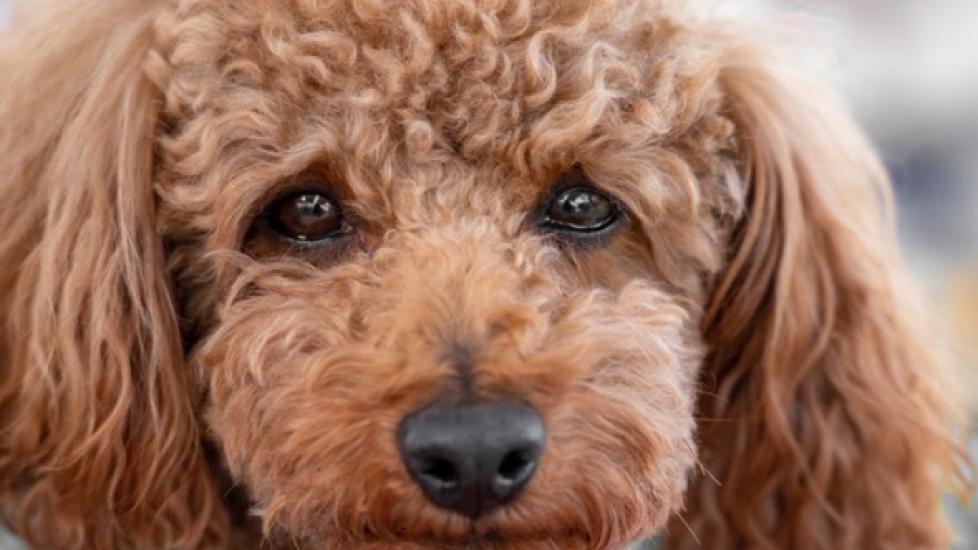The Unexpected Twist: Understanding and Managing a Dislocated Shoulder in Your Furry Friend
In the world of pets, injuries are an unfortunate reality. One such injury that can be particularly distressing for dog owners is a dislocated shoulder—a painful condition that requires immediate attention and careful management. This article aims to shed light on this common yet often overlooked issue, providing you with insights into what a dislocated shoulder means for your beloved pooch, how it occurs, and most importantly, how to handle it effectively.
The Mechanics of Canine Anatomy
Before delving into the specifics of a dislocated shoulder, let’s take a moment to understand the intricate mechanics of our four-legged companions’ bodies. A dog’s shoulder joint, known as the glenohumeral joint, allows them remarkable range of motion during activities like running, jumping, or simply scratching behind their ears. However, this very flexibility makes the joint more susceptible to dislocation when subjected to sudden force or trauma.
What Is a Dislocated Shoulder?
A dislocated shoulder in dogs refers to a situation where the ball (head) of the humerus bone, which typically fits snugly within the socket of the scapula, pops out due to a traumatic event or intense exercise. This displacement leads to pain, swelling, and significant loss of mobility, making it crucial for pet parents to recognize the signs promptly.
Identifying the Signs
Recognizing the symptoms early on can help ensure prompt veterinary intervention. Here are some key indicators that may suggest a dislocated shoulder:
- Limping: Your dog might exhibit a pronounced limp, avoiding putting weight on the affected leg.
- Refusal to Move: They may resist walking altogether or show reluctance to jump or climb stairs.
- Painful Reactions: Touching the area around the shoulder may elicit yelps or whining.
- Swelling: There could be noticeable swelling and inflammation at the site of the dislocation.
- Abnormal Posture: You might notice your dog holding the affected limb close to their body or resting it oddly.
Causes and Prevention
While accidents cannot always be avoided, understanding potential causes can help prevent future occurrences:
- Traumatic Injuries: High-impact incidents, such as being hit by a car or falling from a height, can cause severe damage leading to dislocation.
- Overexertion: Excessive strain during strenuous physical activity can lead to a shoulder popping out of place.
- Weak Joints: Some breeds have naturally lax ligaments, predisposing them to instability and subsequent dislocations.
To minimize risk, provide adequate rest between vigorous play sessions, maintain a healthy weight for your dog’s breed, and consider strengthening exercises under the guidance of a veterinarian or professional trainer. Regular check-ups can also identify any underlying conditions that may contribute to joint weakness.
Treatment and Management
If you suspect your dog has suffered a dislocated shoulder, do not attempt to manipulate the joint back into place yourself; doing so without proper training can exacerbate the injury. Instead, seek emergency veterinary care immediately. Veterinarians use sedation or anesthesia to gently realign the bones before applying a splint or sling to immobilize the joint while it heals. Medications will likely be prescribed to manage pain and reduce swelling.
Post-treatment management involves strict adherence to the vet’s instructions regarding restricted movement, follow-up appointments, and rehabilitation exercises designed to strengthen muscles supporting the shoulder joint. Physical therapy may be necessary to regain full range of motion and prevent stiffness. Dietary adjustments might include adding supplements to support joint health and promote healing.
Conclusion
A dislocated shoulder in dogs is a serious matter requiring swift action and dedicated care. By recognizing the signs, seeking prompt medical attention, following treatment protocols diligently, and implementing preventive measures, we can work towards ensuring our furry friends enjoy a comfortable recovery and a reduced likelihood of recurrence. Through education and awareness, we empower ourselves to be better advocates for our pets’ well-being.
